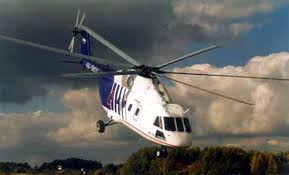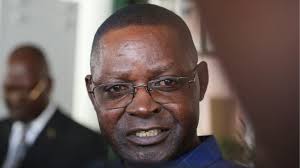In a dramatic turn of events, President Emmerson Mnangagwa’s VIP helicopter crash-landed in 2021, leaving him shaken but not stirred. The incident, caused by a technical failure, forced an urgent landing that endangered the President’s life. Mnangagwa was returning from his Pricabe Farm near Sherwood in Kwekwe when the chopper was forced down.
The near-tragedy prompted an immediate and angry reaction from the President, leading to a swift overhaul of his security protocols. Investigations revealed serious weaknesses in communication between the President’s crew and the Air Force of Zimbabwe, exposing vulnerabilities that Mnangagwa was determined to rectify. The incident also raised questions about the safety and maintenance of the presidential aircraft.
The incident quickly became politically sensitive, with the NewsHawks media outlet facing a harsh backlash for breaking the story. Security forces launched a witch hunt to identify the leak, suspecting an inside job, which led to the reporter being hounded and forced out of his home. This heavy-handed approach has been widely criticized, with many questioning the government’s priorities.
Unfortunately, this was not an isolated incident. The Air Force of Zimbabwe has suffered numerous aircraft accidents in recent years, reflecting deep systemic issues. In September 2024, a Mil Mi-8 helicopter crashed during takeoff at Masvingo Airport while preparing to transport Mnangagwa from Bikita to Harare. This incident is just one of many that have plagued the Air Force.
Zimbabwe’s Air Force has endured a troubling pattern of crashes and fatalities, including the loss of several pilots and senior officers. The deterioration of the Air Force can be traced back to the heavy demands and losses incurred during Zimbabwe’s involvement in the Second Congo War from 1998 to 2003. Since then, the Air Force has struggled to recover, with aging aircraft and inadequate funding taking a toll on its operations.
The Air Force’s woes continue to mount, with recent incidents including:
– May 2025: Retired Squadron Leader Retswanetsi Vuyo Ncube died when his Chengdu J-7/F-7 supersonic jet crashed near the Gweru-Mvuma road during a training sortie.
– September 2023: Air Lieutenant Nesbert Tambudza was killed in a crash involving a Karakorum-8 jet trainer near Gweru.
– February 2023: A fatal SF-260 trainer crash occurred in Gweru.
– April 2021: A deadly Bell 412 helicopter accident in Ruwa claimed three lives onboard and a child on the ground.
In a move to modernize his aerial fleet, Mnangagwa was gifted a Mil Mi-38 VIP helicopter by Russian President Vladimir Putin in 2023. However, the aircraft has not entered service due to ongoing pilot training. The Zimbabwean military has also sought assistance from the Nigerian Air Force to address technical deficiencies and replace obsolete equipment.
The growing number of accidents and the decline in operational readiness present serious national security concerns. The Air Force’s diminished capacity restricts Zimbabwe’s ability to effectively respond to emergencies, defend its borders, or participate fully in regional peacekeeping efforts. Will the government invest in and reform the Air Force to safeguard military personnel, civilians, and the nation’s leadership?
As the government grapples with the challenges facing the Air Force, many are calling for urgent reforms and investments in the military’s aerial capabilities. Will Mnangagwa’s administration prioritize the modernization of the Air Force, or will the country’s military aviation capabilities continue to decline? The fate of Zimbabwe’s Air Force hangs in the balance.
source-BusinessDaily









